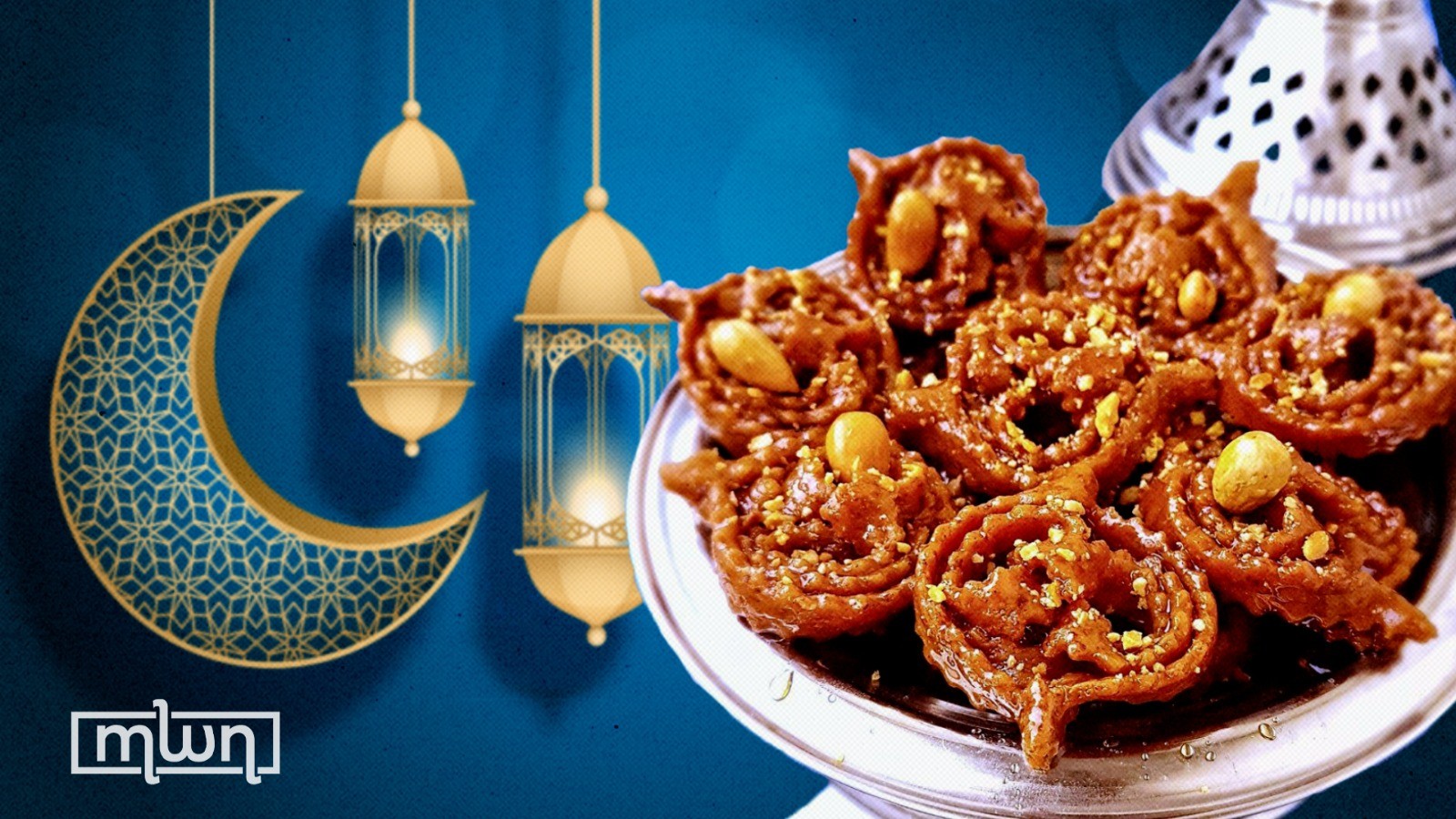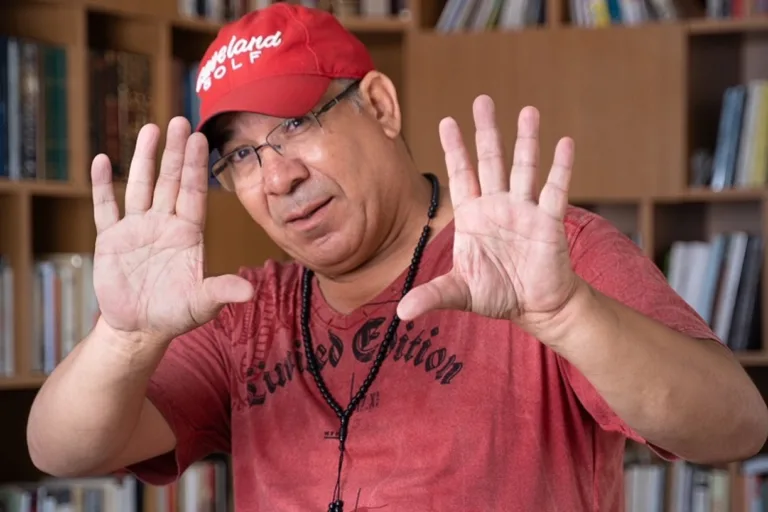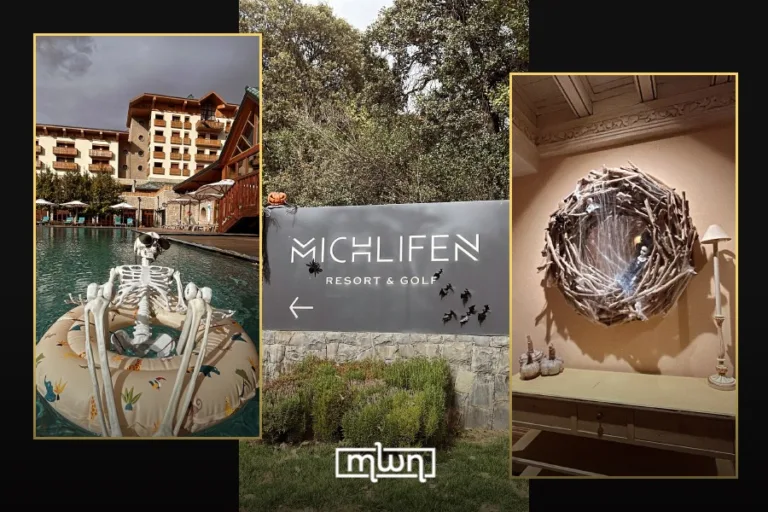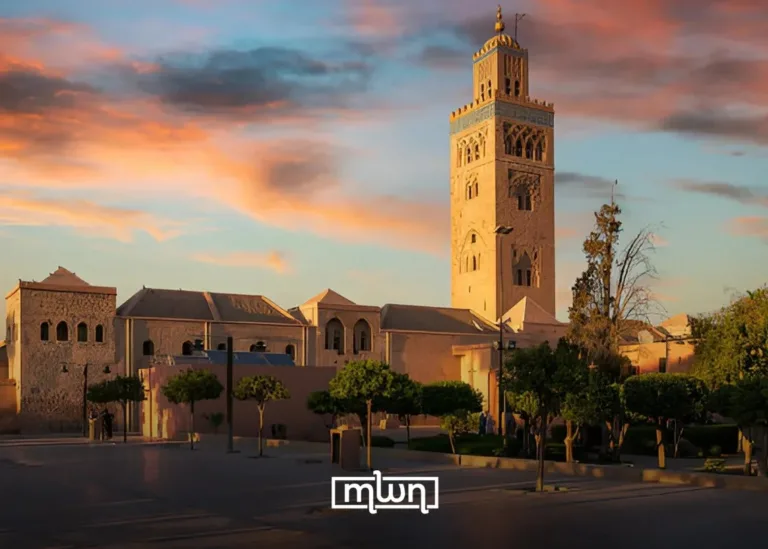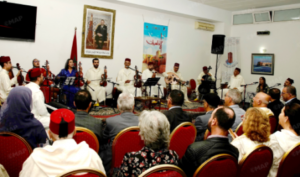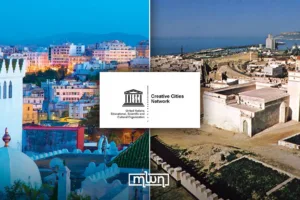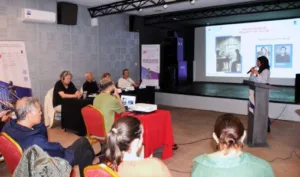While fasting a full month might seem rigorous to some, particularly tourists, experiencing Ramadan in Morocco offers a unique opportunity – especially if you have Moroccan friends who would invite you for the festive Ramadan food during the holy month.
The holy month brings distinctive vibes across Morocco throughout the 29 or 30 days of fasting, which presents an opportunity to Muslims to increase good deeds and also enjoy the traditional rituals that are unique and only exclusive to Ramadan.
One of the traditional rituals that the Arab and Muslim worlds share is family gatherings during iftar or the fast-breaking meal that is served every day during the fasting days of Ramadan which lasts 29 to 30 days depending on the Islamic calendar.
In Morocco, this year’s Ramadan began on March 12 and is expected to last for 29 days.
Throughout Ramadan, families end long days of fasting around a table served with a variety of different, mouth-watering food.
One of the distinctive meals, specially made during the holy month, is the famous chebakia – a sweet pastry that has been starring in Ramadan tables throughout Morocco’s history.
Chebakia is made of different and rich ingredients, including almonds, anise seeds, toasted sesame seeds, in addition to saffron threats, eggs, and fennel seeds.
The orange blossom, honey, and cinnamon add a mouth-watering flavor to chebakia, which is also known as chebakia or grouch.
Resembling a rose, this sweet Ramadan speciality is not only reserved during the holy month. Many serve it on ordinary days with the famous Moroccan harira soup, which is another star Ramadan regular in the North African country.
Chebakia has also been served on occasions like weddings, baby showers, and sboue parties — family festivals celebrating the birth of a new baby. Sboue’ party’ refers to the first seven days afterwhen the baby is born.
Chebakia has a unique place at Moroccan tables during Ramadan. It is often consumed with Harira soup after the breaking of the fast with pieces of dates and a cup of milk.
Some Moroccans prefer to eat it a few hours after iftar with a cup of mint tea and sellou or seffouf– another Moroccan favorite during the holy month.
Read Also: How to Make Chebakia
While some Moroccan families prefer to buy a few kilograms of chebakia from the old souk or order it from stores dedicated to preparing Ramadan delicacies, others maintain the lifetime tradition and prepare the famous homemade chebakia.
Many usually complain about the complexity of the procedure and the patience needed to prepare the famous sweet roses, but it’s no exaggeration to say that it’s totally worth it.
Preparing chebakia requires mixing flour with salt, melted butter, and vegetable oil, as well as a pinch of cinnamon, orange blossom water, baking powder, and a pinch of saffron soaked in the orange blossom to make the dough.
The dough then is left to rest, ideally for over 20 minutes or more, before being shaped into a flower.
With the latest technologies, there are nowadays several models of dough-flattening machines.
But traditionally, Moroccans use a wooden rolling pin to roll out the dough so that it’s ready for the desired design.
When the flat dough is not thin or thick, Moroccans use a cutting wheel to make four steps and shape it with their fingers into a flower. This might sound like magic to many, including beginners who feel confused and yet fascinated by how a flat small piece could turn into a beautifully shaped flower.
Once the dough is shaped into flowers, the pastry makers toss their little sweets into a large pot filled with hot vegetable oil.
They then proceed to remove their chebakia from the oil when they get a sandy color.
The next step is to pour honey into the chebakia to give them a brownish and sweet tone. Moroccans then add a bunch of fried sesame seeds for a good taste and for decoration.

